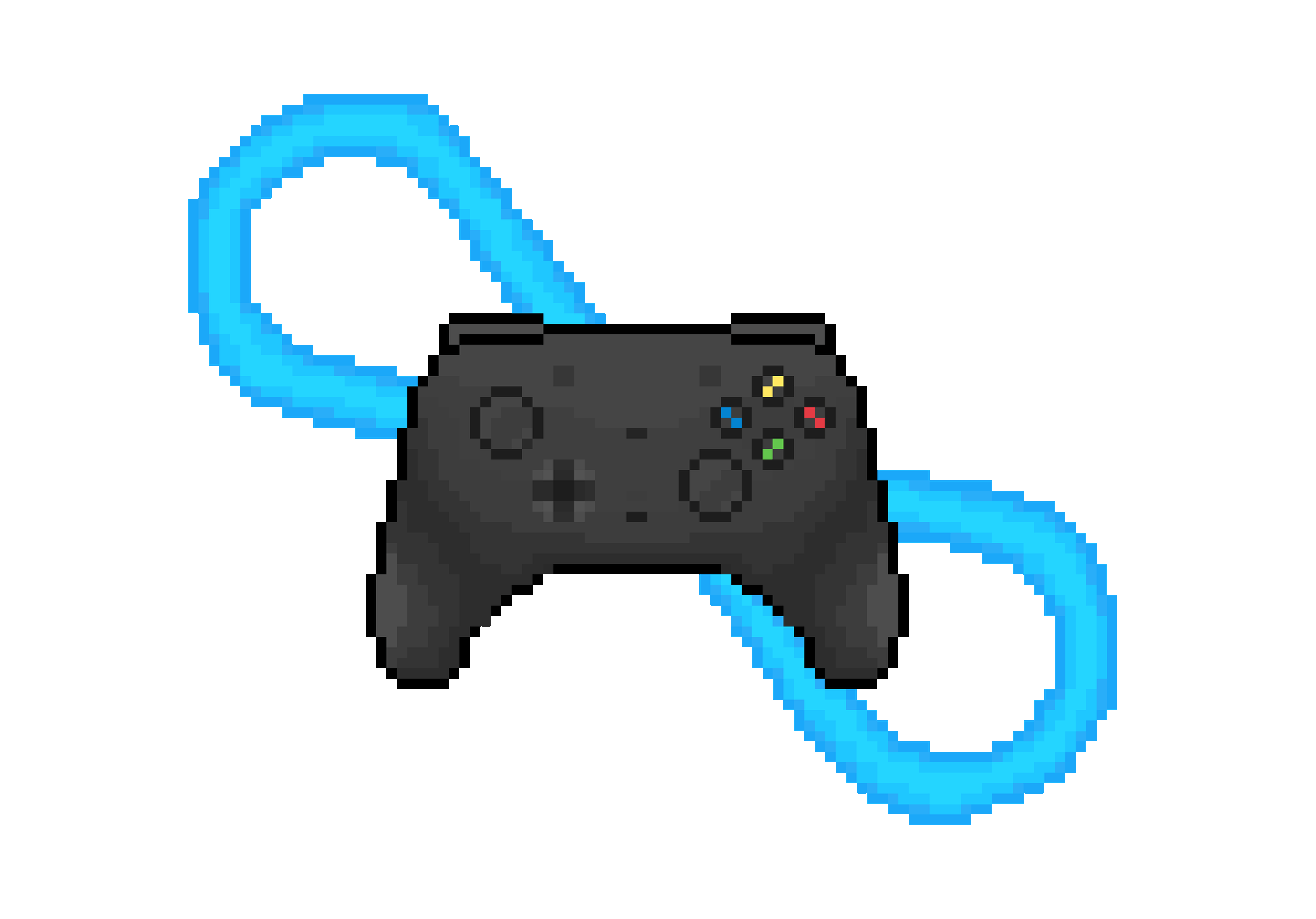Aidan’s Infinite Play 41 My 5 Biggest PKM Insights From LYT 11 Part 5

Hello players!
I just finished Linking Your Thinking Workshop 11 with NickMilo!
For those who don’t know, The Linking Your Thinking Workshop is headed by Nick Milo and teaches students over five weeks how to build a Personal Knowledge Management System that allows them to do their best. I highly suggest you take the next cohort by heading to The Linking Your Thinking Workshop.
If you didn’t read the posts I created on the 1st, 2nd, 3rd, or 4th weeks of the workshop, I would recommend checking those out before diving into this one:
- Aidan’s Infinite Play 37 Exploring PKM Thinking Styles LYT 11
- Aidan’s Infinite Play 38 How To Do Bottom-Up Vs. Top Down Thinking LYT 11
- Aidan’s Infinite Play 39 Creating A Library And Home Note For Lifelong Learning LYT 11
- Aidan’s Infinite Play 40 The Danger Of Being Too Top-Down Focused In Your PKM System LYT 11
In this concluding part of my LYT 11 experience, I thought I would talk about the 5 biggest insights I took from the workshop:
• 💭#1. Everyone Has A Unique Thinking Style
• 🚀#2. PKM Is Both A Vertical And Horizontal Process
• ♾️#3. Your PKM System Will Never Be Complete
• 💰#4. Structure Is Earned
• 👑#5. Community Is King
Let’s go!
💭#1. Everyone Has A Unique Thinking Style
One of Nick Milo’s insights in the workshop is that just like how our health is N = 1; our PKM thinking style is N = 1.
Someone might taste peanut butter and think it’s bad. Unlikely, but it’s their choice. Similarly, our PKM thinking styles are personal to us as well. Someone might be more of a bottom-up thinker, taking isolated notes and connecting them, whereas someone else might be more of a top-down thinker, preferring to map many individual notes together.
That’s why learning your PKM thinking style is so essential. Mindlessly copying someone else’s PKM system won’t work if you don’t understand how YOU think.
In the workshop, I realized I was more of a top-down thinker, preferring to create MOCs and have output for my notes. Before, I forced myself to think bottom-up, making me feel constrained, lost, and confused.
Realizing I was more of a top-down thinker allowed me to bias my system toward top-down thinking.
🚀#2. PKM Is Both A Vertical And Horizontal Process
Before the workshop, I saw the knowledge process as horizontal and linear.
Collect, connect, create. You collect information, connect them to other information, and then finally create things out of it. The LYT workshop made me realize PKM is both vertical and horizontal.
Nick Milo describes the horizontal process through his ARC framework, which stands for add, relate, and communicate.
However, he describes the vertical process through Idea Emergence, which involves individual notes connecting together, forming MOCs, and finally forming a Home Note.
Here’s what ARC and Idea Emergence look like combined:
 |
This image gave me immense clarity over how knowledge grows inside our PKM system in a way I never had before.
It empowered me to do my best thinking instead of trying to figure out what the heck I was doing inside of my system.
♾️#3. Your PKM System Will Never Be Complete
After taking three PKM live cohort courses and spending over 1000+ hours in Obsidian, I still don’t have a complete PKM system.
But the workshop made me realize that it’s okay. You will never feel that way. You could always do more with links, folders, tags, and queries.
The secret is to define what is good enough.
💰#4. Structure Is Earned
Don’t add unnecessary structure if you don’t need it.
It just makes your PKM system more complicated. Less is more. The more structure you have, the more friction there is for simply taking notes, and doing your best thinking.
Instead of taking someone else’s structure and mindlessly copying it, Nick Milo recommends we add structure only when we hit mental squeeze points, the point at which the level of disorganization becomes unwieldy.
Waiting to this point to add structure ensures it’s necessary.
👑#5. Community Is King
The LYT curriculum in itself is amazing.
But the real power of LYT comes from the community. The mixing of different age groups, jobs, backgrounds, cultures, and more is a joy to experience.
You come for knowledge; you stay for community.
My favorite week of the course was showcase week, where students showcased something they built during LYT 11 to the rest of the students. Students showed digital libraries, tag taxonomies, and someone even showed how they personalized their Obsidian to be like Final Fantasy.
Some course members love the community so much they come back workshop after workshop to continue building their relationships.
TL;DR - 5 Most Insightful Lessons From LYT 11:
• 💭#1. Everyone Has A Unique Thinking Style
• 🚀#2. PKM Is Both A Vertical And Horizontal Process
• ♾️#3. Your PKM System Will Never Be Complete
• 💰#4. Structure Is Earned
• 👑#5. Community Is King
If you have followed me through this whole five-part series, I can’t thank you enough for coming along for the ride.
I encourage you to reply to this email; what was the thing over this five-part series that has resonated most with you?
Here’s what I would like to share this week.
📸News From The Channel!
📺Latest On De YouTube - How To Create Deep Friendships In College To Combat Loneliness: Isn’t it ironic how lonely we feel despite being born into an age where we are more connected than ever before? The connection is there, but is it deep enough? In this video, I will show you how to fight this kind of loneliness and how we can build deep and lasting connections that make life worth living.
🎙️Latest On De Podcast - E22 Marc Champaign How To Change Your Life By Journaling Today: Marc Champagne is the Writer & Author of Personal Socrates (Better Questions, Better Life) | Mental Fitness Strategist and the Host of Behind The Human (a Top 50 Podcast).
In this podcast, you will learn:
- The power of self-reflection
- How to find journaling prompts that resonate with you
- How to create a system for journaling practice
💡My Best Insights:
📖Book - The Inner Game of Tennis: Throughout life, you switch between self 1, the conscious egoic self, and self 2, the subconscious no self. The best tennis players and peak performers anywhere learn to flexibly shift between self 1 and self 2 during practice and games to play at their highest. We can live better lives by coming to all of life’s activities with a relaxed concentration. This book resonated with me as a long-time tennis player, but anyone can take value from it even if they don’t play tennis. I did a book club on it with my friend John Maverick who has never played tennis (although he’s learning table tennis, lol).
📰Blog Post - The 5 Pillars of My Writing Process: Tiago Forte explains his 5 step process for how he wrote his best selling book, Building a Second Brain, using his second brain! Here are the steps: - Step 1: Take Pre-existing blog posts and notes and compile them into sections based on the book’s chapters. - Step 2: Outline each chapter using notes. - Step 3: Write using morning time - Step 4: Use writing retreats for the particularly difficult parts - Step 5: If necessary, outsource tasks to your family, friends, and others so that you can focus on the book writing. Anyone interested in book writing or just using their second brain for writing, in general, should check out this article!
🎙️Podcast - Obsessing Over Product Key To Going From Good To Great: the best businesses make products that solve their customer’s problems in the best way possible. To do this, you must overcome your ego. If you’re creating a product yourself, you’re not focused on solving your audience’s problems. This podcast isn’t just for people with businesses but for people wanting to dissolve the ego for anything.
📺YouTube Video - 14 Life Lessons I Wish I Knew Earlier If I had learned these when I was still in high school…
